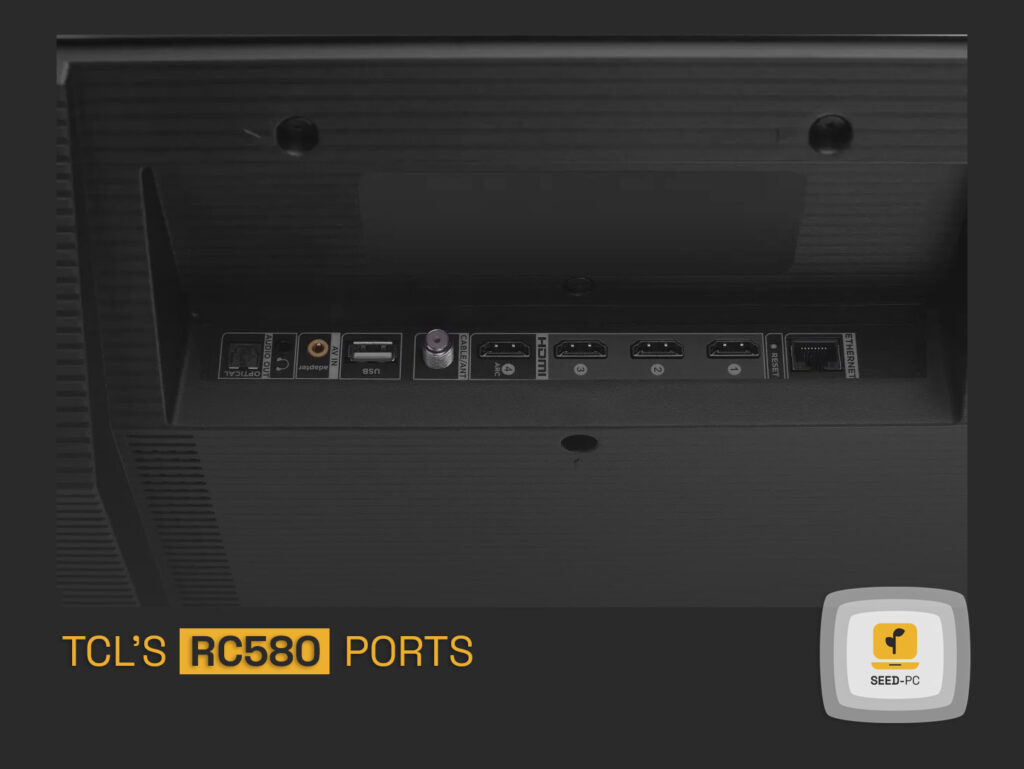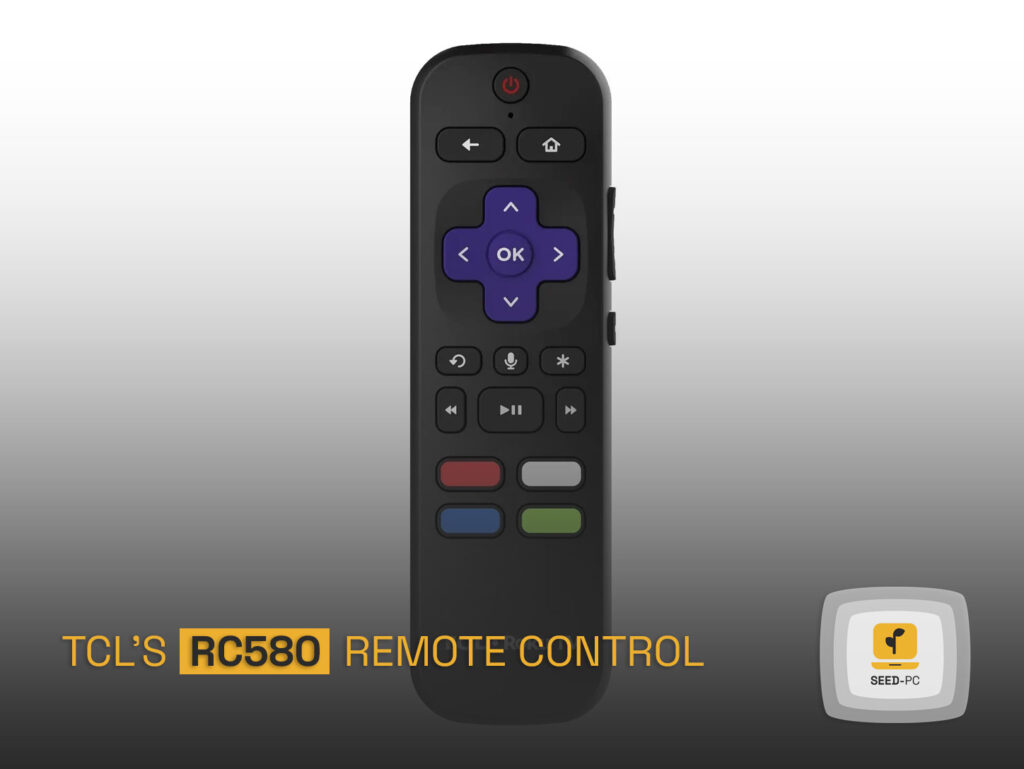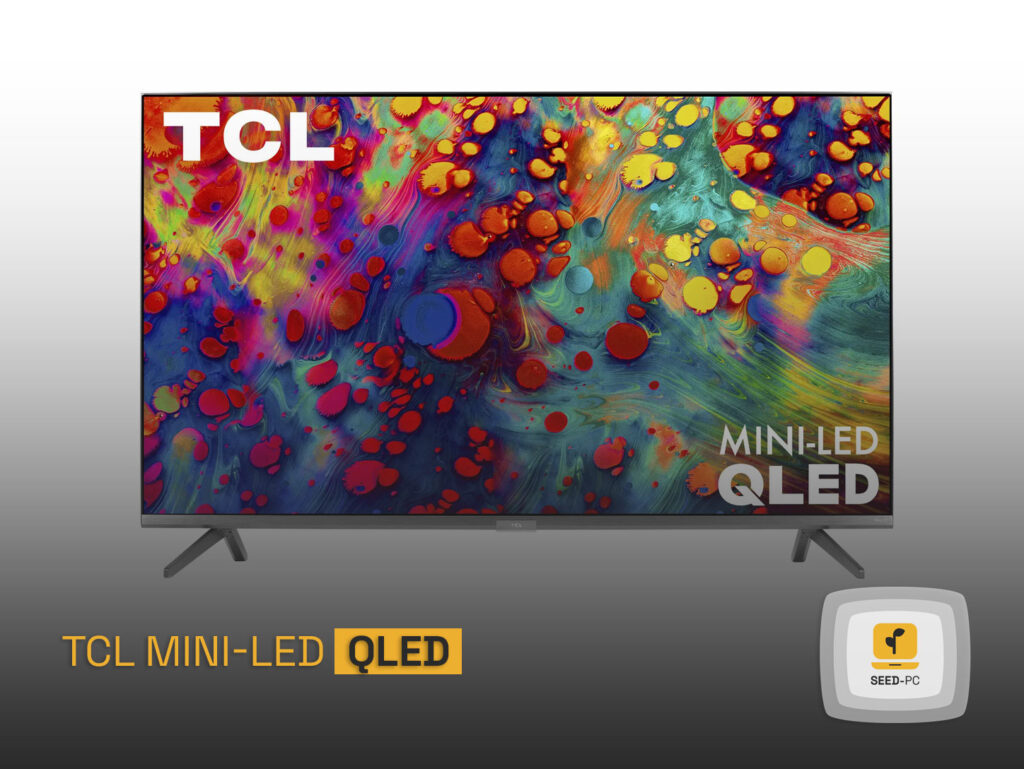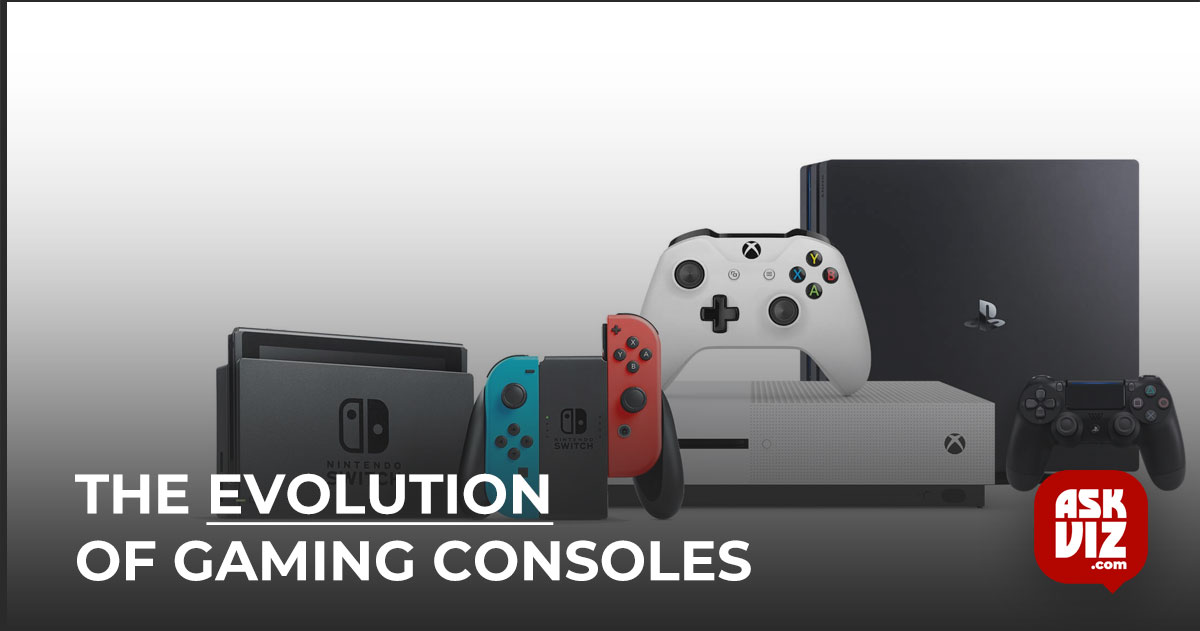$700 TCL 6 Series 4K UHD smart TV
This $700 TCL 6-Series 4K UHD smart TV blew us away during our real-world viewing. Color is vibrant and realistic, and contrast and brightness are above average for this price range.
Table of Contents
Features and Design
The 55-inch class (54.6-inches diagonally) 6-series TV we tested had a 4K UHD (3840 x 2160), 10-bit, 120Hz (4K gaming is 60Hz) display with quantum dots for color and mini-LEDs for lighting.

The panels offer local dimming, although it’s not as fine-grained as you might assume, considering the “thousands of lights” (TCL didn’t go any farther than that). This 55-inch model has 128 zones, 160 zones on the 65-inch, and 240 zones on the 75-inch. The 8-series, on the other hand, contains over a thousand zones and 25,000 lights. It made a difference in stress testing, but not nearly as much in real life.
Mini-LEDs appear to have a weight penalty as well. With roughly 45 pounds, the 6-series is one of the heaviest 55-inch TVs I’ve ever had to move. If you want to use the 300mm x 300mm VESA mount point, consider that. The 6-series is roughly 3 inches thick through the hips (the wider section area that contains all the ports and electronics).
Four partial HDMI 2.1 ports (i.e., HDMI 2.1 implementations that don’t supply 48Gbps bandwidth), one USB 2.0 connector, ethernet, coax (antenna/cable), and a 3.5mm adapter for legacy AV (composite/analog audio) input. It also comes with a single HDMI output with ARC support and digital (Toslink optical) and 3.5mm analog audio outputs. The Wi-Fi is 802.11ac, while Bluetooth is a different scenario.
The tv supports HDR10, Dolby Vision, and HLG, but not HDR10+, Dolby Atmos and Dolby Digital Plus support passthrough. As you would have inferred from the refresh rate, the 6-series offers a game mode and supports variable refresh rates.
Innovative TV Interface and Remote
Roku’s user interface is simple and effective. I could make some suggestions, but I’d be nitpicking. It is a doorway to a large universe of free and paid streaming material that automatically enumerates associated devices.

TCL’s RC580 remote control. As shown above, the colorful buttons are not blank; they are related to services.
I wouldn’t say I like how the homepage is continually trying to sell you stuff, but my main complaint is that Roku refuses to allow Bluetooth audio, and hence Bluetooth headphones. The company seeks to break into the audio business with its Roku TV Ready platform, which helps speaker manufacturers make soundbars that connect wirelessly to TVs running the Roku TV OS.
As a solution, utilize the Roku app on your phone or an external Bluetooth transmitter as I do. Although it isn’t the ideal solution, several excellent options start at under $30. To put it another way, I enjoy the Roku user experience but despise the marketing gimmicks.
The Roku RC580 remote is a study in simplicity, yet it’s also a study in efficiency, unlike the equally simple Samsung One Remote. Roku’s few buttons and seamless integration with the UI keep you within a click or two of all functions, but Samsung’s remote requires you to click, click, click.
Performance
The TCL branding popping up in the 6-series image had me hooked. Bright, with decent contrast and far less blooming and other visual aberrations than I had anticipated. When I came to the more colorful parts, I was ecstatic. Wow. I honestly checked the pricing twice. My early impressions were that the 6-series looked better than the 8-series from last year. Perhaps less is more (less money, fewer lights, and dimming zones). Most likely not.
However, it did not pass all of the tests I gave it. There was junk in the thin lines and abnormalities in some tests when I let a zone counter wild on the screen. The white block traveling around the display’s boundaries faded at times (a first for me), and there was noticeable blooming that I didn’t see with real-world stuff.
Indeed, there was very little blooming when I played the Sony contrast demo film (at night in Las Vegas). That video outperforms all but the best TVs, and the 6-series came out on top. I’m not sure how TCL does it, but I applaud them.
There was some mild moiré and shimmer during slow pans, but it was significantly less than any other TV in the same price range with comparable brightness. The only TVs I’ve seen that nearly eliminate these sorts of artifacts during the upscaling process are very costly 8K UHD sets.
Motion compensation was likewise superb, as was screen uniformity. The HDR effect is vibrant and doesn’t smother fine detail, which is rare for a camera at this budget.
For a $700 tv, the 6-series delivers an astonishingly excellent picture. Except for the most experienced viewers, its flaws are unlikely to be seen. Last but not least, the audio quality is rather good. That is, it is significantly superior to most TVs at this price point; in fact, I would not rush to get a soundbar.
Save for it or put some money aside for it.
If you’re looking to spend $400 to $500 on a 4K UHD 55-inch TV, save a little more and upgrade to the TCL 6 series. If you’re looking for anything in the $1,000 to $1,500 bracket, check out the 6-series first—you might not need the more expensive model. The 6-series is a great TV for the money.
VERDICT
This quantum dot mini-LED TV punches much above its weight class in terms of brightness, contrast, and color. It’s a strong contender until you consider the significantly more costly TVs from major companies.
RATINGS
PROS
- Superb Color And Brightness
- Outstanding HDR Rendering
- Reasonable Price For the Visual Quality.
CONS
- Bluetooth audio from the TV is not supported.
- At nearly 60 pounds, it’s a bit heavy for a 55-inch TV.









